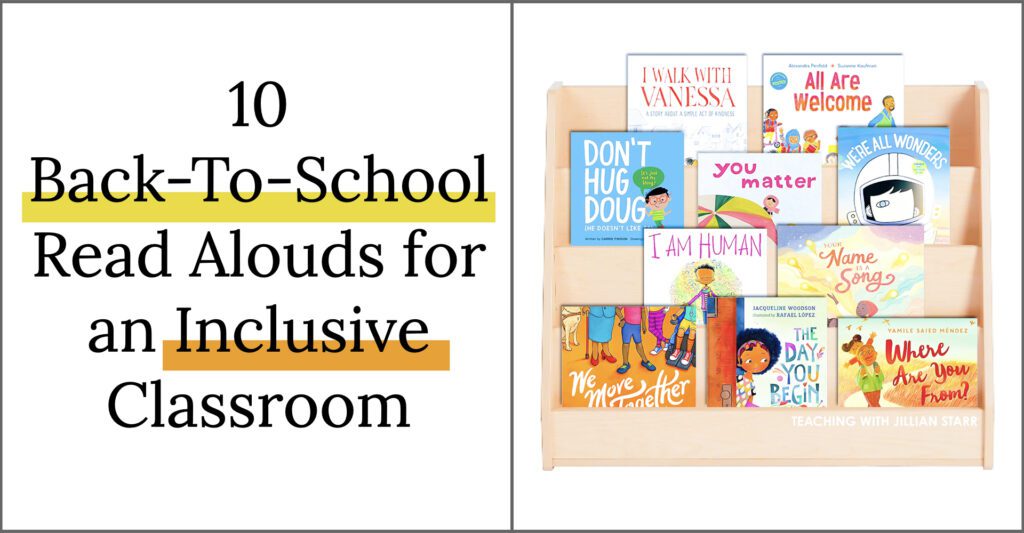
What is an inclusive classroom? That’s a big question, yet so vital as we start up another successful year. To me, it means that my classroom is a place where ALL my students feel represented and feel heard. It means that my classroom is where ALL students know that I’m ready to work with them. They are not only welcome but they are valued.
A strong, inclusive classroom community doesn’t just happen. Years in the classroom taught me that building a trusting and supportive classroom community is hard work. But frontloading that work pays off. When students feel seen and heard, you will have buy-in from them all year long.
It starts on day one. And there is no better way- in my humble opinion- to begin than with read-alouds! Great read-alouds that speak to your students and spark conversation about inclusion and kindness accelerate the development of a supportive classroom community. And since I want all students to feel welcome and valued, I aim to read books that reflect ALL students within the first week of school.
It can be a bit overwhelming to sift through the sea of read-aloud options. And, it can be hard to find stories that genuinely act as windows and mirrors. I’ve narrowed down my favorites to TEN read-alouds that can kick-start an inclusive environment. These books are meant to be read aloud in a whole group setting to foster conversation about creating an inclusive classroom together.
You can click on any of the book titles below for an Amazon affiliate link, where you can find a full summary and reviews of each book. If you happen to order a book from the link provided, I earn a small percentage of that sale, which goes towards the maintenance of my blog.
The Day You Begin by Jacqueline Woodson
The Day You Begin is an absolute MUST inclusive classroom pick. With this book, Jacquline Woodson writes a poetic message to the students in your class, reminding them that it is normal to compare and natural to worry about feeling different. Yet Woodson beautifully shows that everyone’s experiences are unique and full of worth. And that the day you begin to share yourself is the day that those unique aspects of yourself and experiences can be valued by others and lead to newfound friendships.
Students may feel nervous about sharing as we return to school after a range of different summer experiences. The honesty and empowerment shared in this book emphasize the message that sharing yourself is honored in OUR classroom community. Most importantly, your students will hear that their lives are honored by their teachers.
All Are Welcome by Alexandra Penfold
All Are Welcome introduces a fundamental class mantra: Everyone is welcome. This book bursts with positivity. The author, Alexandra Penfold, shows and tells the beauty of a welcoming school community that honors differences. Sometimes she is direct. Sometimes, she gives playful examples of where we can celebrate diversity every day.
I love reading this book on the first day of school. Sometimes even within the first hour! The book’s theme is a message to my students that I am here for them. Plus, it is a great way to jumpstart a conversation about what helps them feel welcome in an inclusive classroom community.
Where are You From? by Yamile Saied Méndez
The question “Where are you from?” can be confusing and sometimes harmful. Commonly known as a microaggression, the comment often assumes that because someone looks or speaks a certain way, they are from somewhere else, which is their defining characteristic. There is a strong possibility that a student in your class has heard this question before.
Where Are You From? acknowledges that everyone comes from a different background. In the story, a young girl is regularly asked, “Where are you from?” So, she asks her grandfather. He paints a beautiful picture of the places where her ancestors lived. His answer is so much more than a simple location. I love using this book as an entry point to identity-based activities, encouraging students to share things about themselves and their families that we might not know or be able to see.
You Matter by Christian Robinson
We often learn that our importance and our worth depends on being the best. The book, You Matter emphasizes that you matter no matter what. Christian Robinson playfully zooms in and out of our world. He shows that literally no matter how big or small, no matter where you are, and no matter how others perceive you, you have worth!
The book is an ideal mixture of truth and playfulness. Students will giggle at the picture of the sun with the words “no matter how gassy you are.” They will also feel empowered to talk about what it means “to matter” in our inclusive classroom community.
I love to refer to this book when constructing classroom agreements. Everyone matters. Everyone deserves support. And everyone deserves respect as part of our community. So, what do we need to do as a community to make sure every need is met?
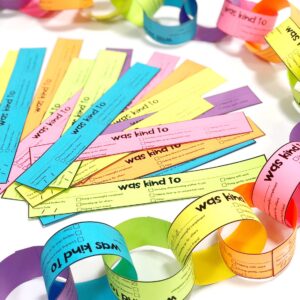
Free Kindness Links
Want a quick and easy way to recognize acts of kindness without taking time away from the other important learning happening? Grab these student-created links!
We’re All Wonders by R.J. Palacio
We’re All Wonders takes the perspective of a boy, Auggie, who looks different. He knows that he shares so much in common with other kids his age. But, he also notices that his appearance changes the way his peers interact. They can’t always see past his appearance. Palacio gives us a taste of what it feels like to be Auggie. And what it feels like when someone shows kindness.
It is natural and developmentally appropriate for young children to start noticing and defining physical differences. Creating an inclusive classroom is the perfect way to begin challenging students to see past them! Within the first week of school, I use this book as an opportunity to talk about how we react when we see someone who looks different. Creating the time and space to have these conversations as a classroom community, from the very first days of school, shows students that how they learn, how they feel, and how they support others is just as important as what they learn in our classroom.
I am Human: A Book of Empathy by Susan Verde
“Believe it or not, I’m a human, too!” Yes, I say this all the time to my students. Why? Because we (including teachers) are all human. And humans make mistakes. Building a culture that embraces mistakes is an important building block of an inclusive classroom community.
I Am Human celebrates everything about being a human. It reminds us that humans make mistakes, and we can learn from them! We can hurt others, and others can hurt us. And, we can turn around after a poor decision. This is a great book to emphasize that people are not “good” or “bad”, and that each choice is a chance to start fresh.
Your Name is a Song by Jamilah Tompkins-Bigelow
Your Name is a Song is an excellent read-aloud to start conversations about names and pronunciation. The story centers on a young girl who is frustrated by the mispronunciation of her name at school. Her mother helps her feel empowered and proud of her name and its roots in the family culture.
Names are extremely important. They often have a multitude of meanings connected to family history and values. Names are also a way in which students start to define themselves. A crucial part of creating an inclusive classroom is making sure your students feel respected. I usually follow up Your Name is a Song with a conversation and get-to-know-you activities, including activities that emphasize teaching each other about our names.
Note: Even students with more common names in our culture should participate in any name-based activity. This practice emphasizes that EVERYONE counts and no one is singled out.
Don’t Hug Doug By Carrie Finison
Hugging and touching is a common way to show affection and friendship. But, not all people like hugs. It could be for several reasons, such as a sensory-based difference or trauma-related reaction. No matter the reason, it is essential to create a consent culture. That will lead to more trust as you form an inclusive classroom community.
Don’t Hug Doug introduces the concept of asking for consent in the most lighthearted, playful way! With playful rhymes, Carrie Finison focuses on the preferences of Doug. Spoiler: He doesn’t like hugs. She explains that Doug’s dislike of hugs doesn’t mean he doesn’t like you. There are other ways he shows his love and appreciation for his friends. Most importantly, she emphasizes that we just don’t know what kind of physical contact another person feels comfortable with. So, ask!
We Move Together by Kelly Fitsch
We Move Together represents a range of differently-abled people, from those who can run like the wind to those who can’t walk. The book shows how many different ways one can move throughout a city. Beyond physical ability, the book emphasizes the power of mixed-ability groups, celebrating the capacity to work together to make a more inclusive classroom environment.
We Move Together is an excellent resource to start conversations about disabilities, physical differences, and neurodivergent characteristics. I often compare physical movement to learning. We will all be going on a learning journey throughout the year, but we will all get to the same destination differently!
I Walk with Vanessa by Kerascoët
In I Walk with Vanessa, Kerascoët intertwines the stories of two girls. One is a victim of bullying—the other starts as a bystander who witnesses her mistreatment. Without a word, Kerascoët illustrates the power of taking a stand and the far-reaching consequences of doing so.
I Walk with Vanessa kick starts a year-long emphasis on standing up for others and speaking up for what is right. The story teaches us that a simple act of kindness to support another person goes a long way. Even without words, this story always sparks conversations about what is “right” and “wrong.” We keep going back to the moral of this story all year long!
Narrowing down this list was a doozy! I aimed to give you the most powerful and engaging books to help jumpstart your inclusive classroom this year. However, you are the expert in your classroom, making sure the books you choose are the appropriate mirrors and windows for your inclusive community. I’d love to hear how you use this collection and what you add!

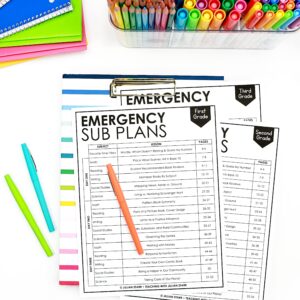

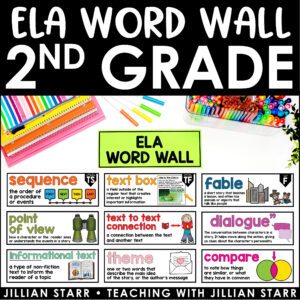
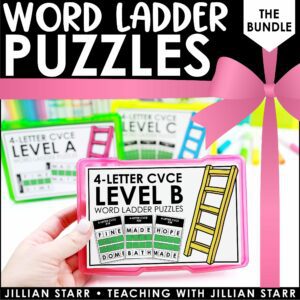
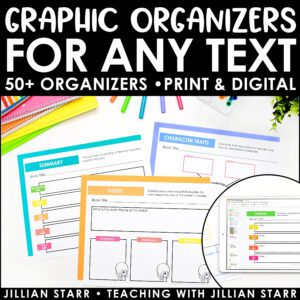

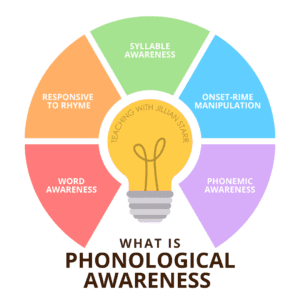



Leave a Comment